Komedy Klass: The Power of Visuals
There's no shame in photoshopping knockers onto E.T. if that's what your art requires
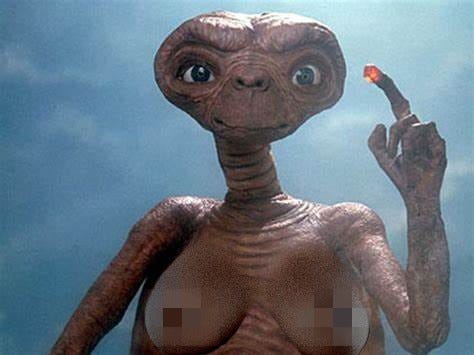
When I was young and a much more acute form of douchebag, I considered everything in comedy other than calmly reciting jokes to be a “cheat”. Guitars? That’s a cheat. Impressions? A cheat. Being engaging and charismatic? Perhaps the biggest cheat of all. I was a comedy Puritan, condemning the garish practices of my peers.
Of course, I was just rationalizing the one-dimensional approach to comedy that was the only option I had. I can’t do impressions, I don’t do physical stuff, and honestly most of my time on stage was spent trying to keep glimmers of self-doubt from being visible in my eyes. But top-level comedians have many tools in their tool box, and they use them; they don’t hold a hammer aloft and yell “The hammer is the one true comedy tool – all other implements are the dominion of pretenders and knaves!” Which is basically what I was doing.
It took me a while to figure out that a comedian should use every tool available, and a while longer to learn that visuals are probably the most impactful tool. Where would my political comedy writing career be if I couldn’t pair an observation about, say, the Lend-Lease Act with a Photoshop of a dachshund on a pogo stick smoking a blunt? You may have noticed that Last Week Tonight with John Oliver contains more misbehaving animals than Jane Goodall’s sex dreams, and that’s because dry subject matter demands that you introduce something silly. So, writers write stuff like “The attack on Iran is like a corn cob in fetish gear jumping the Grand Canyon on a motorcycle,” and then it’s the graphics department’s job to make a mockup so funny that no one will notice that the attack is nothing like that.
Today’s featured Komedy Klass piece comes from cartoonist Greg Bishop. Greg did something that very few of you did: He drew something. I’m not calling the rest of you lazy, I’m just saying: Greg cooked a dish using two ingredients while most of you used one. Here’s some of his work:
If a picture’s worth a thousand words — and it’s actually 906 words with inflation but close enough — then it makes sense to include visuals in comedy whenever possible. Visuals communicate expressions, scenarios, and emotions better and more quickly than words. I think that Greg’s ideas — which are funny — are greatly enhanced by the visuals: I like the T-Rex’s little arms in his REI jacket, a cat in combat gear is inherently funny, and the joyous expression on the mime’s face helps sell the joke. Not every sight gag has to be the center of attention like John Cleese’s silly walk or Ricky Gervais getting fired in an ostrich suit — it can be a little extra seasoning to add flavor.
And then there are times when an inherently funny image is the entire bit. Here are some images that I made for I Might Be Wrong using skills I learned in a class on Photoshop at The Evergreen State College, a.k.a. far and away the most-used part of my higher education.
What was the context for those images? Who knows — who cares? Some images are funny no matter what the context. You don’t look a gift horse in the mouth, and you don’t demand context when staring at E.T.’s righteous knockers.
And one more thing about visual gags: People hate reading. I know that Substack is full of people who claim to live to read, especially the book Humblebrag About Your Intelligence Though Praise of the Written Word. But most people hate reading; it’s a code that you have to decipher, and it hurts your brain. Humans were made to process things visually, which is why Instagram — the Round Brazilian Asses app — has two billion users.
I know that “funny visuals are funny” is somewhat obvious advice, but I think it’s the most vivid example of an important comedy principle: Use every trick in the book to squeeze the most out of your premise. Coming up with a comedy idea is hard, so when you have one, try to get the most out of it before moving on. I’d recommend really sweating stuff like visuals, timing, costumes, and line delivery to make sure you execute the best version of your idea. Amateurs say “good enough” — professionals sit in a sound booth for three hours listening to fart sound effects to make sure they choose the perfect one. It might seem like those details don’t make a difference, but they do.
In my Last Week Tonight packet, I photoshopped a few images to help sell the jokes. I think that helped me get the job., and I’d recommend doing the same if you ever submit a package to a late night show — it shows some hustle, and shows that you understand that TV is a visual medium. Most mediums are visual, and even ones that are words-first can be punched up with graphics. Comedy Puritans aren’t funny — Puritans generally, aren’t funny — so don’t deny yourself tricks that could help you get the most out of your idea.
Hey Far Left: What’s With All the Cartoons?
Here’s the left-wing cartoon that’s circulating on Twitter this week:
Down With Art, Up With Craft
When people ask me whether comedy is art, I always say “no”. That’s because I think what’s really being asked is: “Do you want to make yourself sound important? Do you fancy yourself to be some avant garde truth teller bestowing wisdom on the ignorant masses? Are you going to start wearing berets and Johnny Depp scarves, and to sip tiny Italian coffee w…


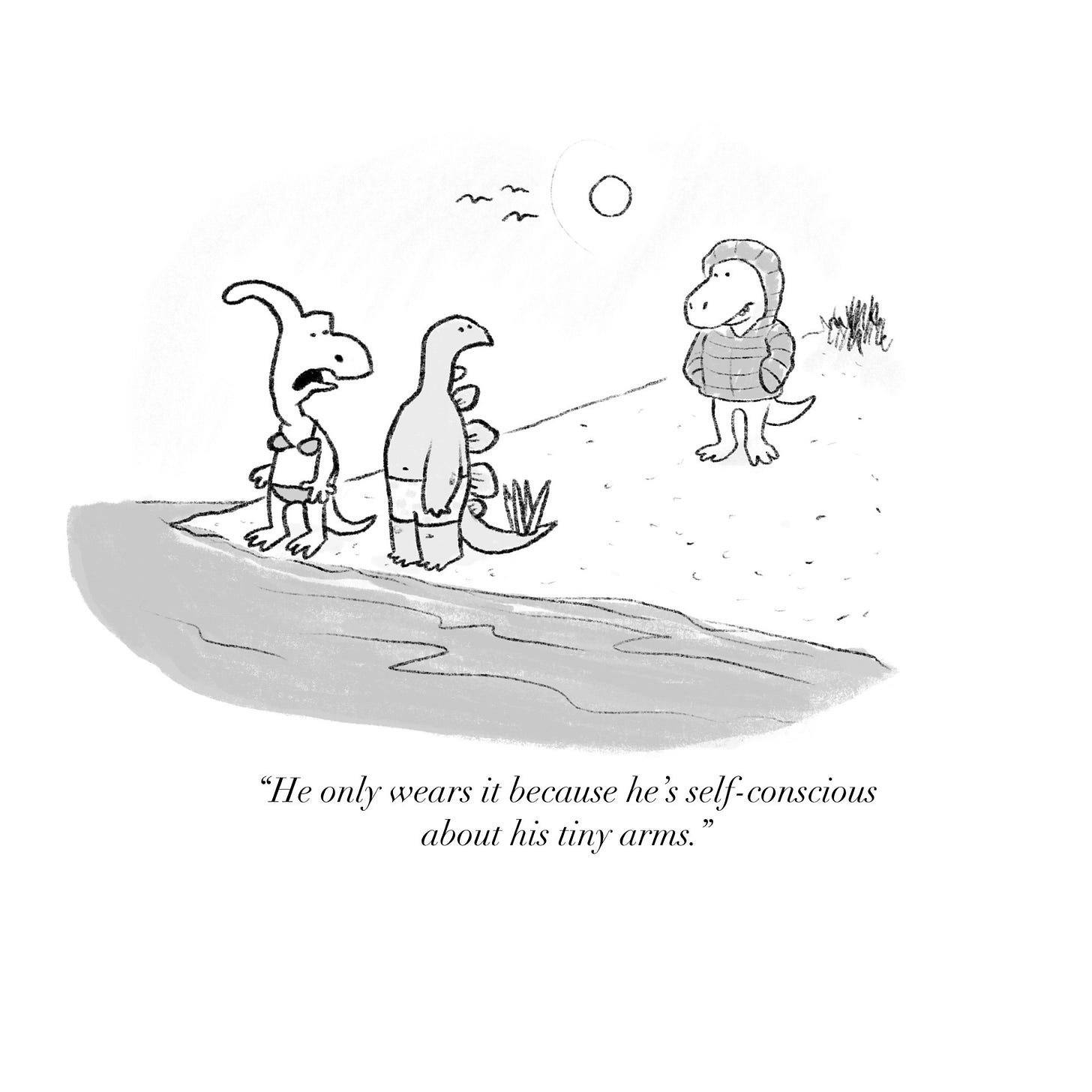
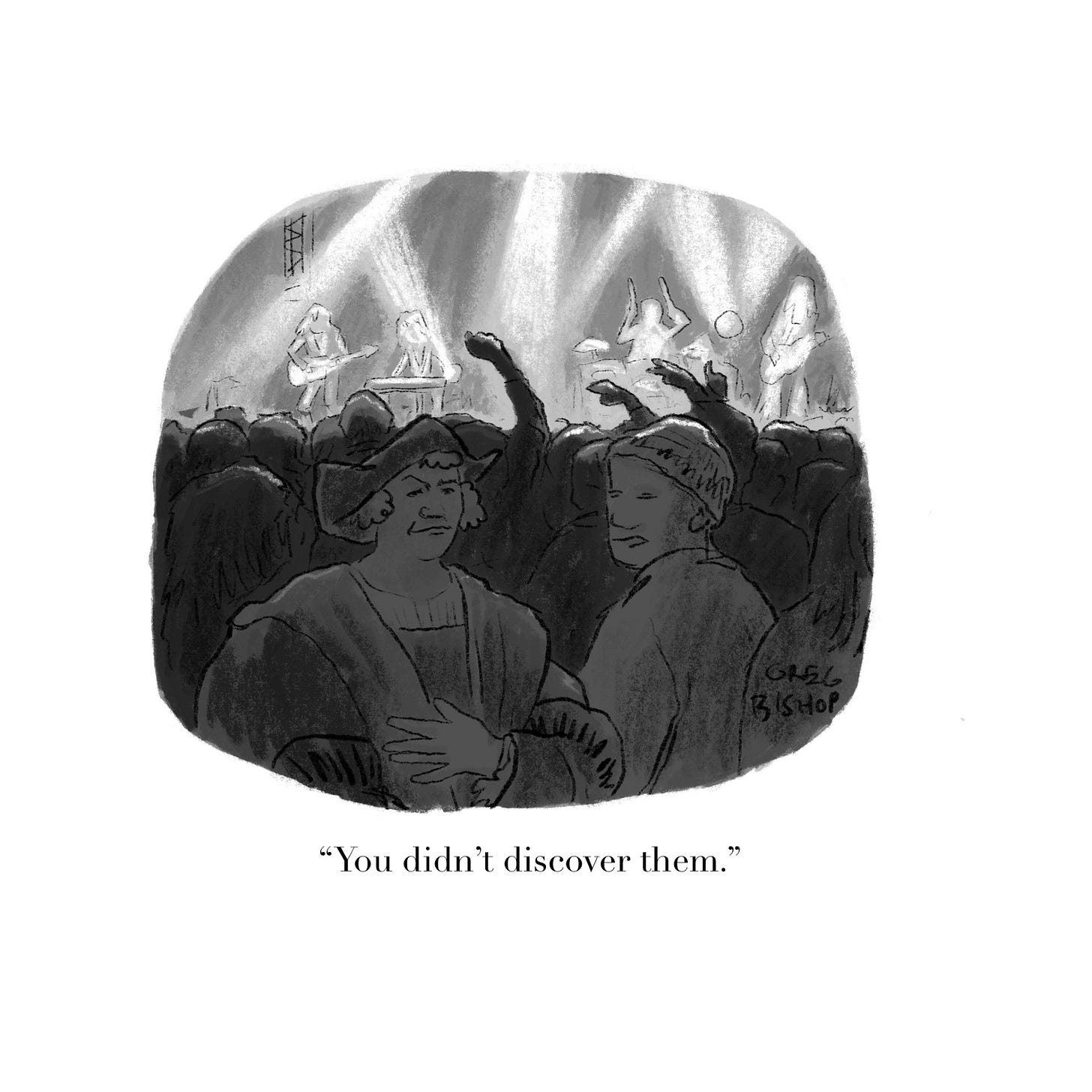
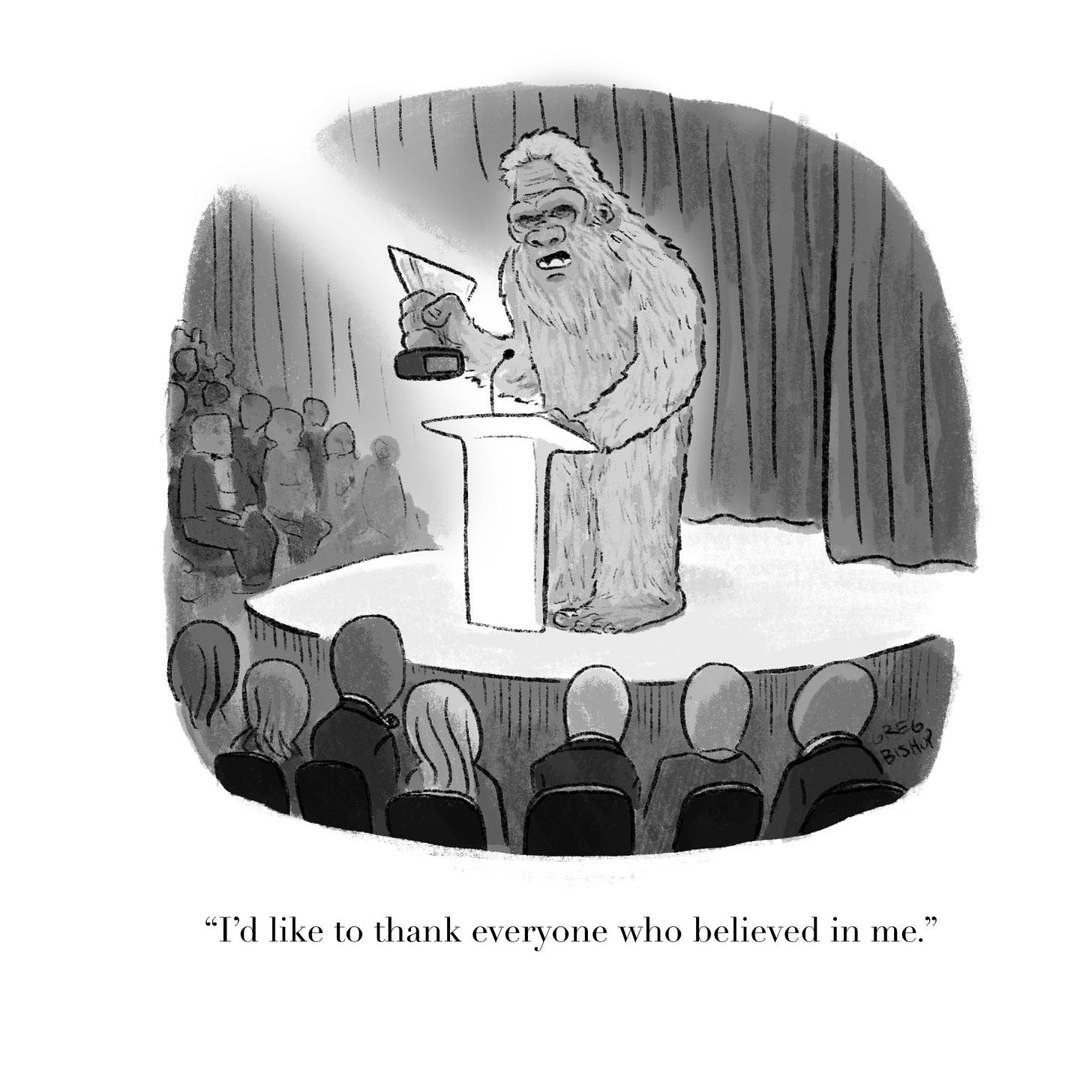

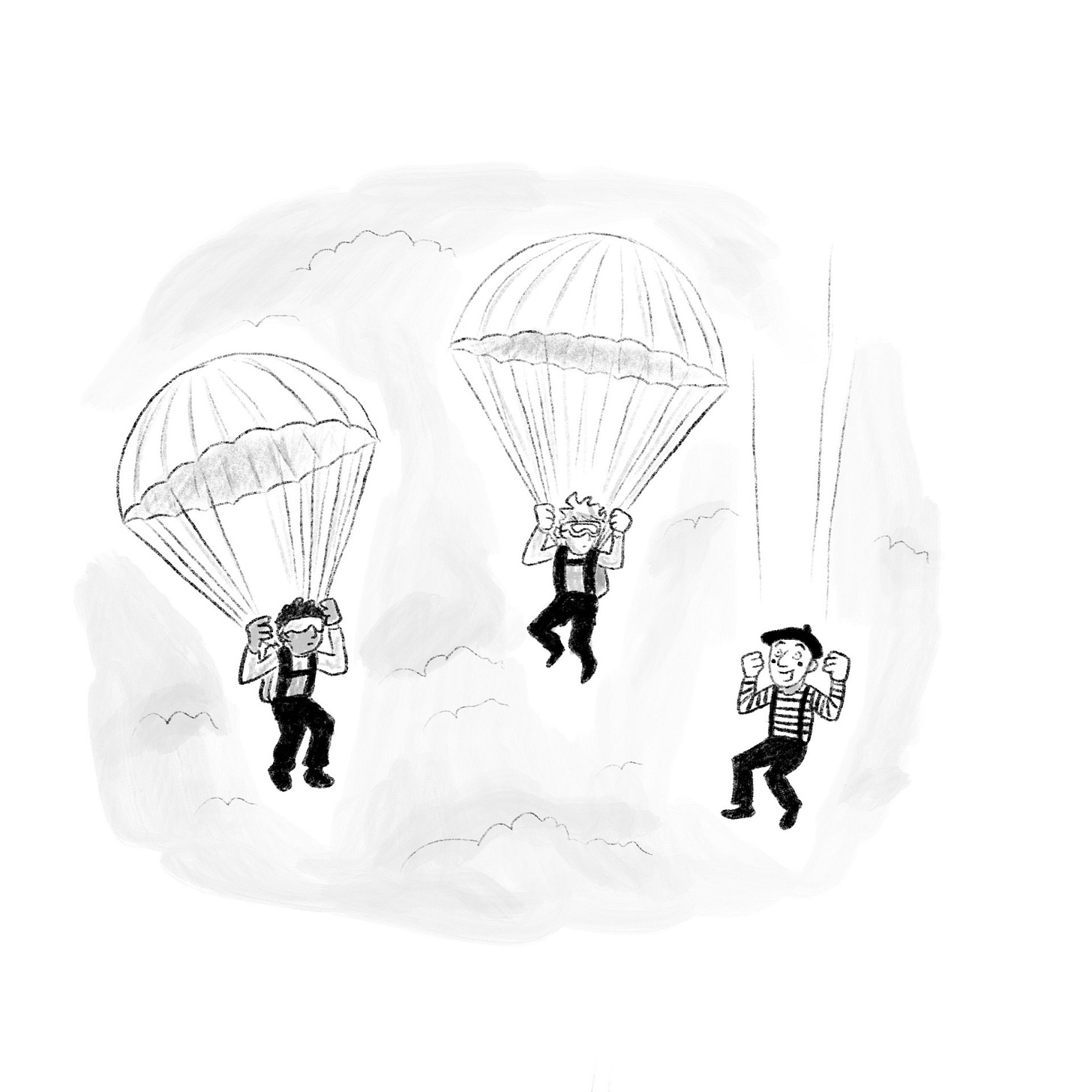
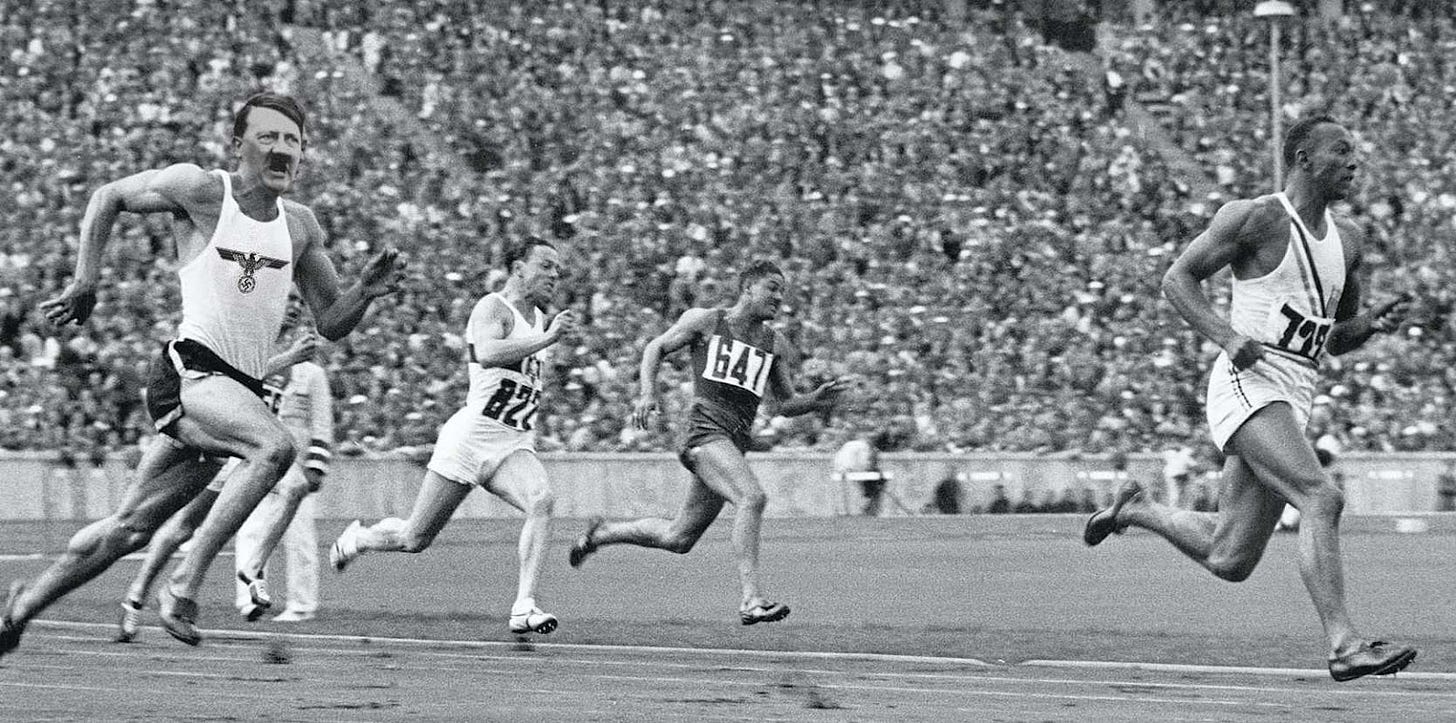
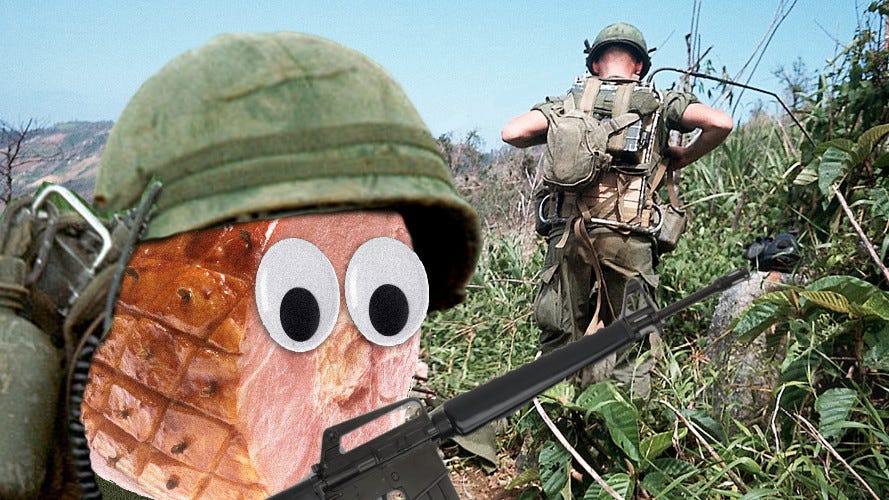
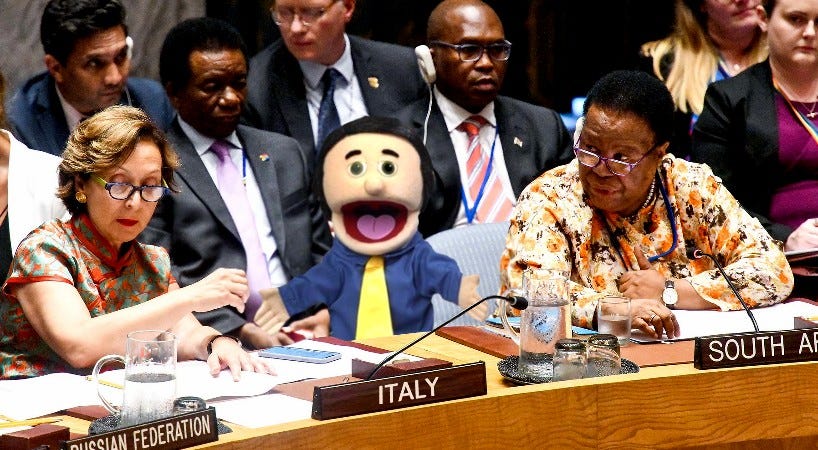




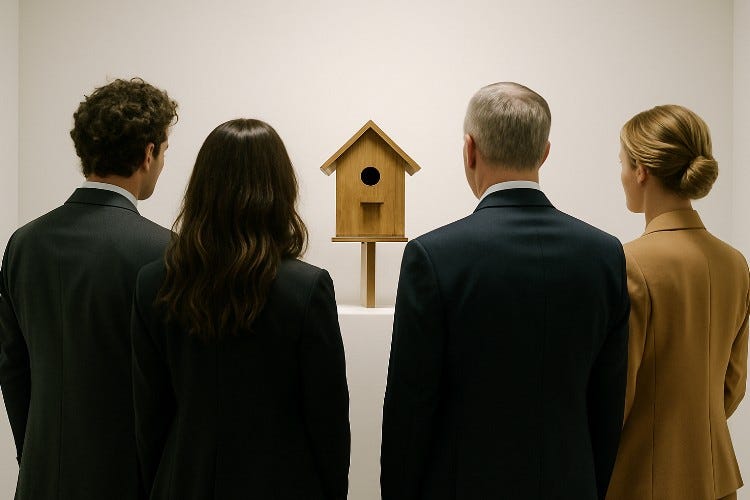
That cartoon with the mime parachutist made me laugh out loud. Thank you.
:-)
(And you are indeed a sick, sick man. E.T. isn't attractive for having a voluptuous body! It's those large, soulful eyes that make E.T. so dreamy, so irresistible... *sigh*...)
Wow, all those words about visuals and then no photoshop for “round Brazilian asses app?”